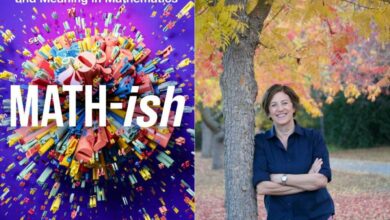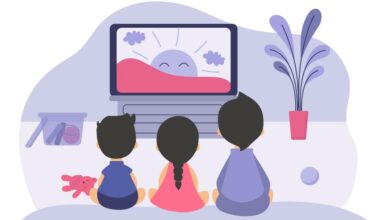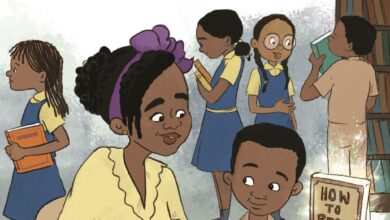How a Second-Grade Teacher is Using the Solar Eclipse to Inspire Her Students
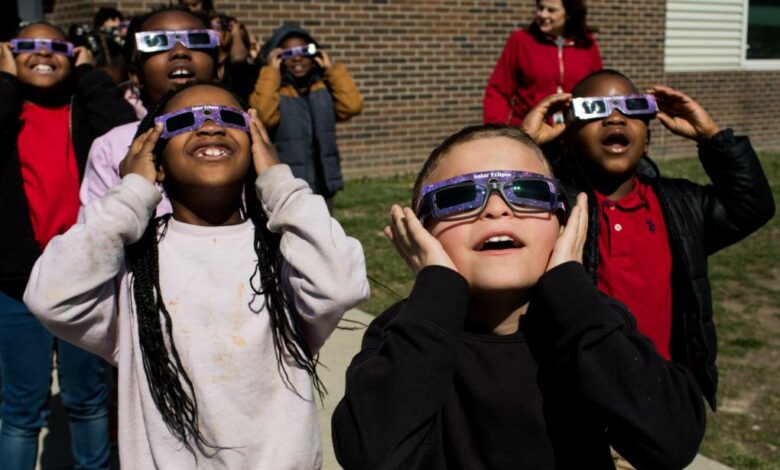
It’s an experience she expects them to remember for the rest of their lives.
“This is a story you’re gonna be able to tell,” she reflects before class.
“You, as a second grader, you experienced this totality.”
In a grassy area outside the school, Cummings’ eclipse simulation begins: Students take turns holding the inflatable globes, and casting a shadow with their play dough moons. Cummings directs them to aim the shadow over the spot on the globe where Indianapolis would be. It’s a little chaotic, but the students quickly figure out how to properly position the moon’s shadow over their hometown.
“Good job guys, you’re really smart,” a student says to his friends.
How an eclipse can inspire a career in the sciences
Thomas Hockey, a professor of astronomy at the University of Northern Iowa, remembers his first eclipse experience fondly. On March 7, 1970, when Hockey was 10 years old, he witnessed a partial solar eclipse outside his home in Angola, Ind. — a two-and-a-half hour drive north of Indianapolis.
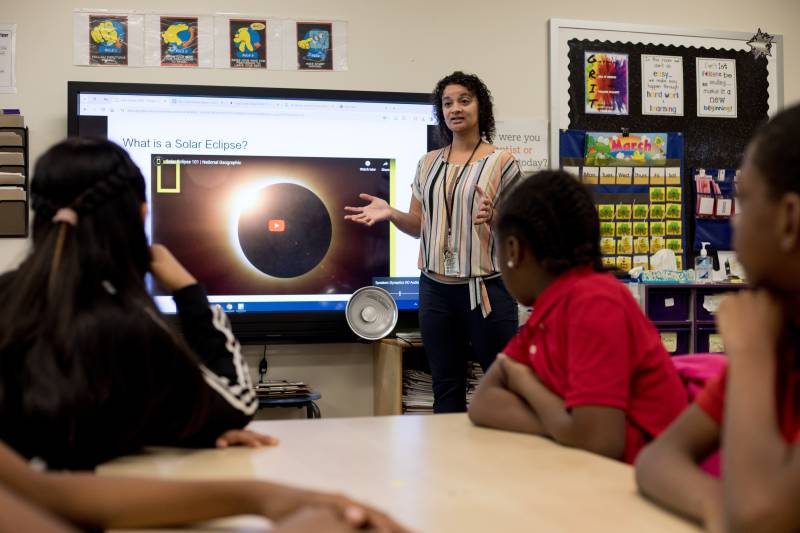
It was nearly a year after the Apollo program had put the first person on the moon, and Hockey’s interest in space was already developing. But he credits this partial eclipse as one of the reasons he chose to study astronomy.
“It was mesmerizing, as more and more of the sun disappeared, producing an odd shape,” Hockey recalls.
It also sparked a fascination with eclipses. Hockey would go on to become what’s called an umbraphile — someone who chases eclipses all over the world — and he recently published a book about the history of eclipse chasers.
Hockey says he didn’t learn about solar eclipses when he was in grade school. He thinks the fact that elementary school teachers like Cummings are now teaching about them is an indication that science education has improved since he was a child.
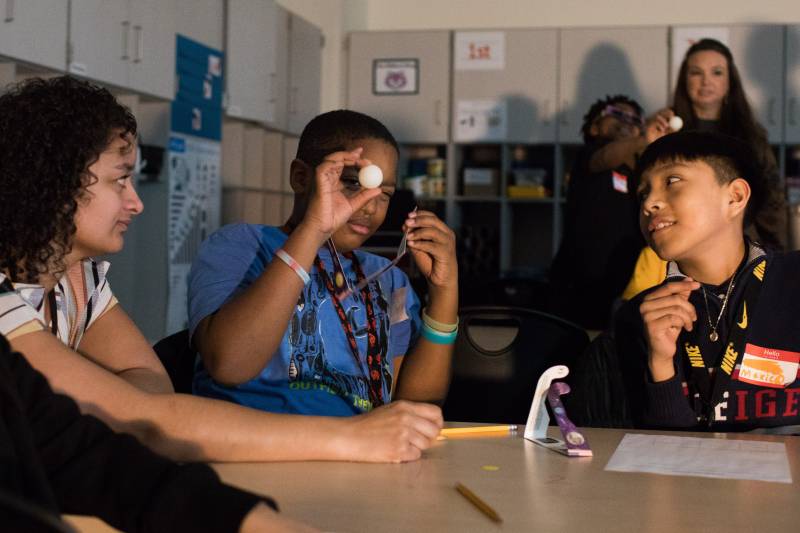
It’s also an opportunity to show kids that science doesn’t just happen behind closed doors.
“Science is not done by old, gray-haired people in lab coats, necessarily. Citizens can participate in it. It’s not a magic black box, it’s all around us,” Hockey says.
The April 8 total solar eclipse will be Hockey’s ninth. He plans to bring a group of undergraduate students with him to experience totality in his home state of Indiana. He says some of them plan to become science teachers.
“And so they will talk about eclipses to their students, and perhaps we will have a new generation of astronomers inspired by eclipses,” Hockey says.
Another important lesson: eclipse safety
For Cummings, teaching her students how to view the eclipse safely is a top priority.
“The only glasses that you should use are the solar eclipse glasses to look at the sun safely,” she tells her class.
Exposure to the sun without proper protection can permanently damage the eye’s retina. But during totality, which lasts only a few minutes, you won’t see the sun’s corona with those eclipse glasses on. Totality is the only part of the eclipse that’s safe to look at without them.
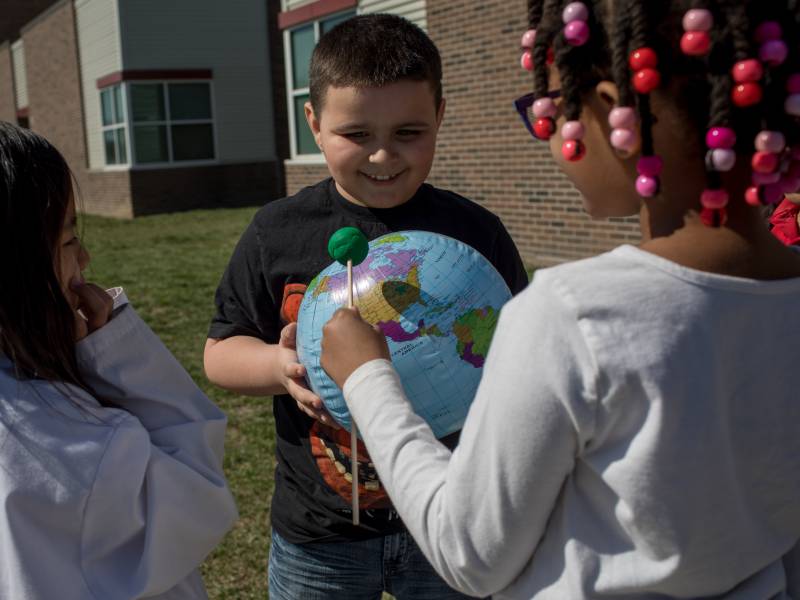
Outside, her students take turns trying the glasses on and looking up at the sun. They shriek with excitement as they gaze at the unfamiliar orb.
“If you look up and see that orange thing that’s right there — it looks like a street light,” says second grader Ja’Aire Tate.
Cummings’ district, Perry Township Schools, is one of several Indianapolis school systems that chose to make April 8 a remote learning day.
The district says the decision is an effort to keep kids safe: In Indianapolis, the eclipse will become visible around 1:50 p.m., and totality will begin at about 3:06 p.m. — right around the time of school dismissal.
“Traffic will be pretty backed up… we don’t want to have buses and cars stuck on the road,” says Elizabeth Choi, director of communications for Perry Township Schools.
Cummings tells her students they can ask their parents to purchase eclipse glasses online or at local stores, like Kroger. Or, she says, they can watch a live-stream of the eclipse on YouTube.
But Hockey hopes these kids do get a chance to go outside during the eclipse. Even without eclipse glasses, he says they can make a pinhole viewer with a few common household supplies that will allow them to view the event safely.


